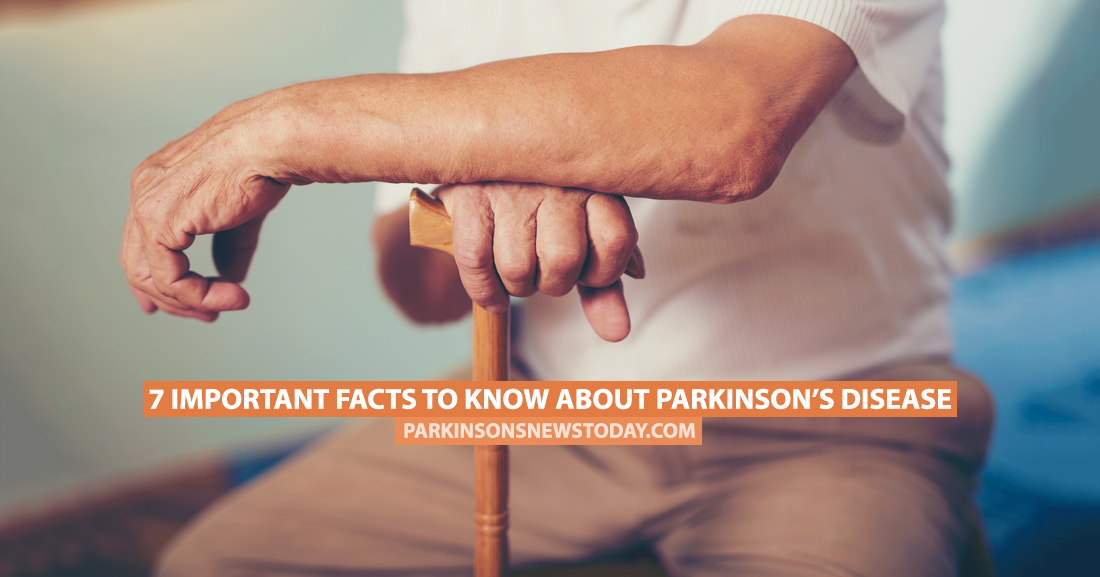7 Important Facts to Know About Parkinson’s Disease

Most people have heard of Parkinson’s disease, but other than the mobility and tremor issues patients suffer from, they know very little about the condition. We’ve put together a list of facts about Parkinson’s disease using information from health.com and the National Parkinson Foundation.
Prevalence
There are more than one million people living with Parkinson’s disease in the U.S. and between 50,000 and 60,000 new cases are diagnosed each year. The disease tends to affect men more often than women.
Early Symptoms
Some of the very early symptoms of Parkinson’s disease include constipation, loss of smell, vivid dreams, and small handwriting. Later as the disease progresses, patients will suffer mobility problems and tremors.
Loss of Dopamine
Parkinson’s disease develops when cells in the substantia nigra part of the brain start to die. These cells produce dopamine which helps the brain to control movement. It’s this loss of dopamine which leads to the typical symptoms of the condition.
Find out more about dopamine’s role in the development of Parkinson’s disease.
No Known Cause
Scientists have been unable to determine the exact cause of the disease, but it is thought that both environmental and genetic factors are involved.
Diagnosis
Parkinson’s disease is difficult to diagnose in the early stages as there are no specific tests for the condition. Doctors will need to perform various tests and conduct a physical exam. There needs to be two of the main four symptoms of Parkinson’s disease present: shaking or tremors, slowness of movement, rigidity of the limbs or trunk, and balance issues.
Age of Onset
The average age of onset of Parkinson’s disease is 62, however many younger people develop the disease. It is called young-onset or early-onset Parkinson’s disease if the patient is younger than 50.
Treatment
Treatment for Parkinson’s disease includes medications which mimic or replace dopamine in the brain and in some cases deep brain stimulation surgery. Exercise is considered an important part of treatment for the disease.
Learn more about eight common treatments for Parkinson’s disease.
Parkinson’s News Today is strictly a news and information website about the disease. It does not provide medical advice, diagnosis or treatment. This content is not intended to be a substitute for professional medical advice, diagnosis, or treatment. Always seek the advice of your physician or another qualified health provider with any questions you may have regarding a medical condition. Never disregard professional medical advice or delay in seeking it because of something you have read on this website.






